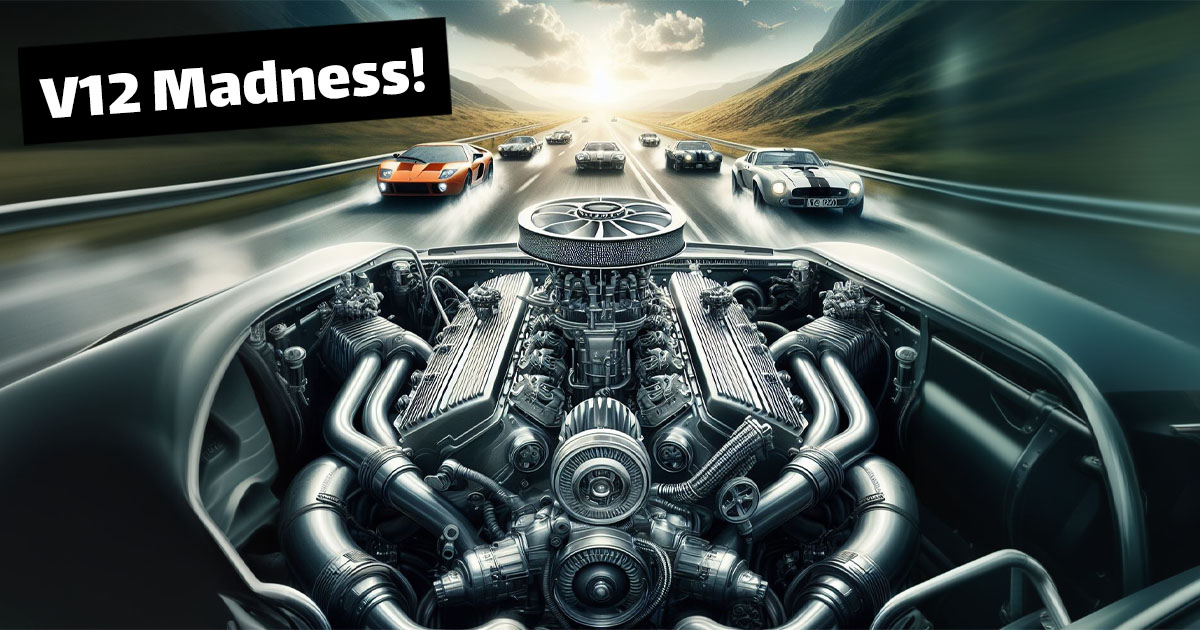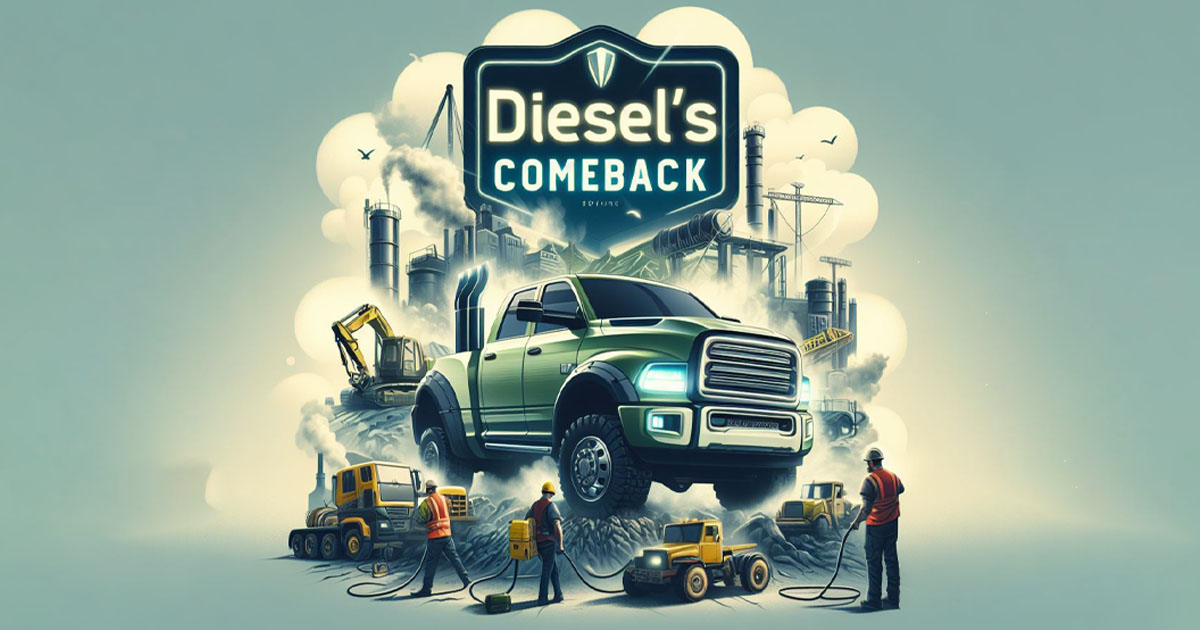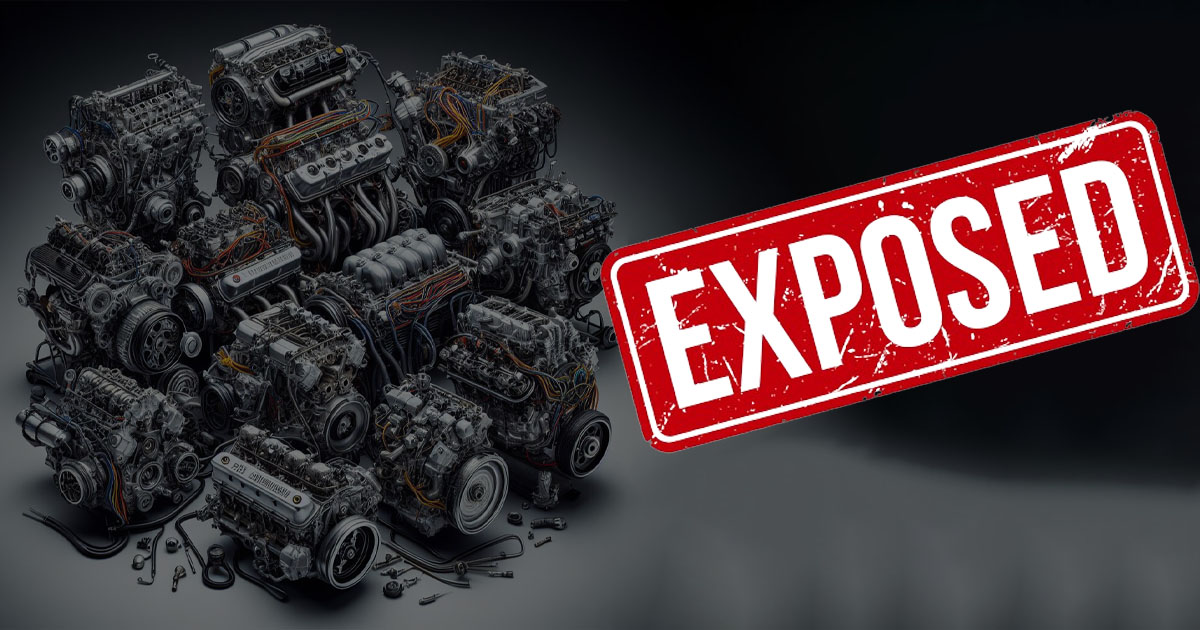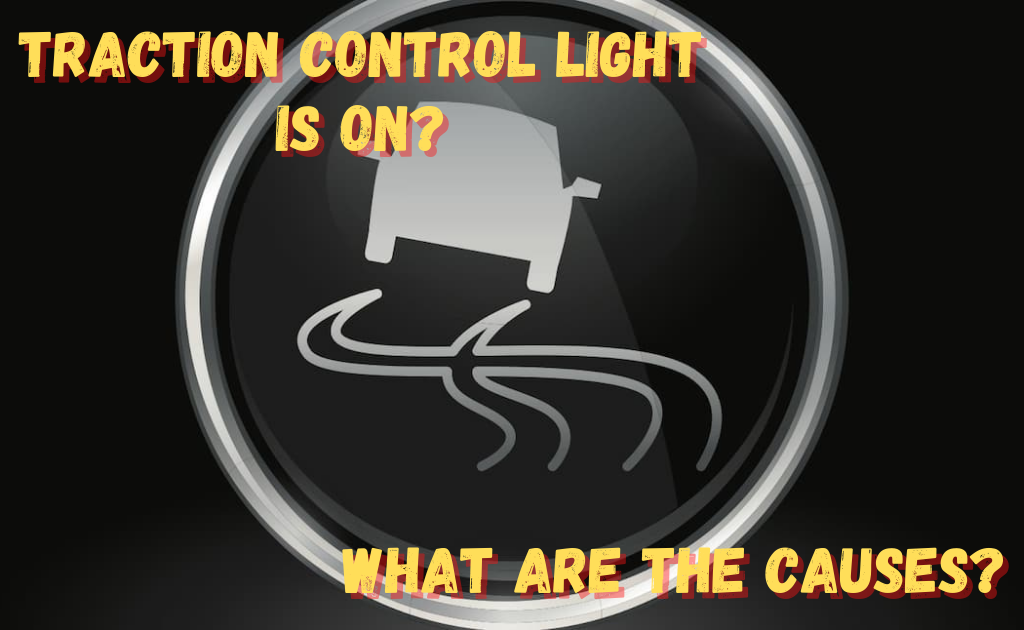
In a world dominated by automatic transmissions, the allure of the manual gearbox remains alive and well. Buckle up as we unveil the 10 reasons why manual transmissions continue to outshine their automatic counterparts.
Because Anyone Can Drive an Automatic Transmission

Let’s face it: most people who drive a manual transmission today do so on purpose. Sure, 30 years ago, people had an economy car or a pickup truck, and more people knew how to drive them. However, the default setting these days is automatic. And anyone can move the lever from P to D, though some people need to be reminded to do so first. A driving enthusiast drives a car with a manual transmission. It conveys the message, “I know what I’m doing, and I care about driving.”
You have total control

With a manual transmission, you control when the gears shift. No computer that thinks it knows more about driving and shifting than you do. No more wondering when the transmission will upshift, or the opposite situation where the transmission upshifts itself despite being in “manual” mode. If you want to drive the engine higher into the RPM range than usual, a manual gearbox allows you to do so. You’ll never find yourself in a situation where your manual transmission shifts itself at a convenient time.
More power to the wheels

Parasites are not liked by anyone, but they can be found in your car between the engine and the tires. Parasitic losses are a term used in the automotive industry to describe the power that specific components consume, preventing that power from doing its job of propelling your car. In terms of transmissions, a traditional automatic transmission contains an oil pump that requires power to turn. They also lose a percentage of engine power due to slippage in the torque converter and clutches. All of that power is sent down the line to the tires by a manual gearbox, helping to put a smile on your face.
As a result, you can drive anything
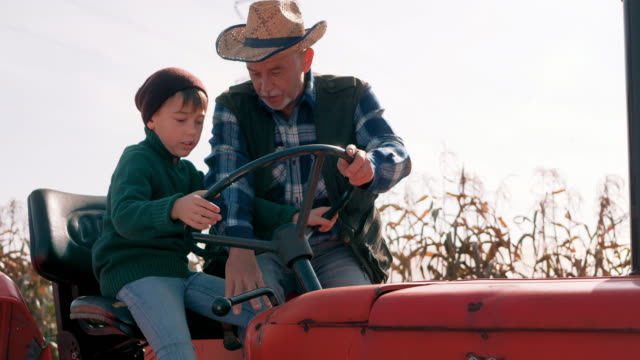
A motorcycle, the forklift, tractor for the farm, the class 8 truck, and the Model T. Okay, you might need some instruction. Still, suppose you can master a manual transmission and a clutch pedal in your daily driving. In that case, you’ll be infinitely better prepared to drive almost anything with an internal combustion engine and tires.
Modifying the Engine Has Been Made Easier
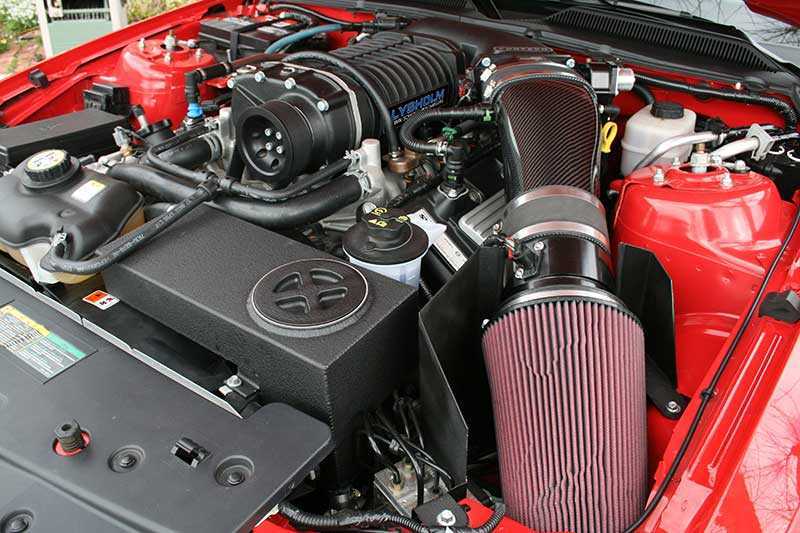
When modifying an automatic engine, there are additional factors to consider, such as the vacuum and electronic controls of the automatic and the stall speed of the torque converter. Engine modifications can sometimes completely throw off the shift points of an electronically controlled automatic transmission, robbing you of potential power gained by the engine modifications and degrading the car’s driving quality.
Thieves, for example, are less likely to steal your car

Because manual transmissions are less common and learning to drive one is not required in driver’s education, surprisingly few Americans are familiar with them. This includes your college roommate, who might otherwise ask for your keys to make a drinks run, as well as a thief looking for an easy target.
More suited to autocross and track days

The issue with automatic transmissions in these situations is that they put a lot of strain on the fluid and cooler connected to the transmission. Cooking the ATF in an automatic is extremely dangerous and can result in failure or decreased longevity. Even though some manual transmissions include coolers, there is no significant increase in heat generated in performance situations. The manual transmission does not have an oil pump that generates heat and does not rely on fluid pressure for proper shifting.
Aside from that, having a manual in an autocross/track day scenario gives you much more control over the vehicle for the course. As you navigate the course’s turns, you can more precisely control engine RPM and keep the engine in its powerband.
There will be no delays

Stepping on the gas and waiting for an automatic transmission to select the appropriate gear and adjust the torque converter slip to provide the desired acceleration is not fun. When you want to accelerate, you can choose to downshift if you feel it’s necessary with a manual transmission, and there’s a direct relationship between engine rpm and tire speed.
A Straightforward Connection

Compared to an automatic, shifting your own gears provides a more powerful, visceral, and personal connection to your vehicle. It’s the difference between making a gourmet meal from scratch and ordering fast food. Then there’s the direct link between the crankshaft and the driveshaft. It’s precise and consistent; there’s no torque converter or slip clutches.
There are less maintenance costs
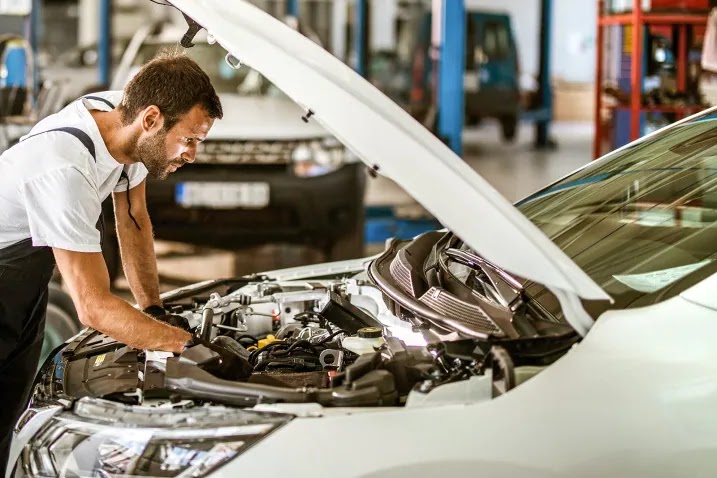
Automatic transmissions necessitate regular fluid changes and the replacement of a filter. This is due to the fact that a standard automatic transmission with a torque converter has slippage and a relatively high fluid operating temperature under normal conditions. This causes the fluid to degrade much faster than in a manual transmission.
Do you have any additional reasons to add? We’d love to hear why you prefer manual transmissions over automatics! Please leave a comment!

